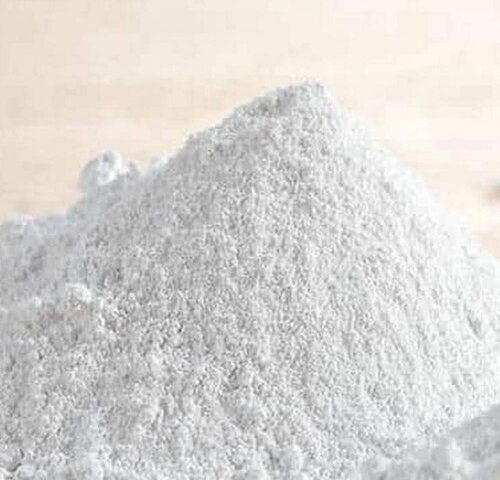Understanding the Differences Between Dolomite Powder and Limestone Powder

What are the properties of ground calcium carbonate?
June 6, 2023
What is the difference between talc powder and talcum powder?
June 19, 2023
Introduction:
When it comes to natural mineral resources, dolomite and limestone are two commonly encountered substances. While both share similar properties, they also possess distinct characteristics that make them suitable for specific applications. We “Mewar Microns” in this blog post will explore the differences between dolomite powder and limestone powder, shedding light on their composition, properties, and various uses.
Composition
Dolomite powder and limestone powder are both derived from sedimentary rock formations, but they have different chemical compositions. Limestone primarily consists of calcium carbonate (CaCO3) and may contain traces of other minerals. Dolomite, on the other hand, contains calcium magnesium carbonate (CaMg(CO3)2) and is often interbedded with limestone or occurs as a separate rock formation.
Properties
Uses
The Final Difference
Dolomite powder and limestone powder, while both derived from sedimentary rock formations, possess distinct characteristics that set them apart. Limestone, composed primarily of calcium carbonate, is known for its reactivity with acids, making it a valuable resource in agriculture, construction, and various industries. On the other hand, dolomite powder, containing calcium magnesium carbonate, offers the additional benefit of magnesium content, expanding its applications in construction, industry, and environmental sectors.
The variations in color, texture, hardness, and reactivity between these two powders influence their suitability for specific uses. Limestone powder is commonly utilized as a soil conditioner, filler material in construction, and as a fluxing agent in industrial processes. Dolomite powder, with its higher magnesium content, finds applications in the production of magnesium-based cements, fertilizers, ceramics, and more.
As a Supplier of Dolomite Powder in India we know that understanding the differences between dolomite powder and limestone powder allows us to make informed decisions when selecting the appropriate mineral resource for a particular application. By harnessing the unique properties of these powders, we can optimize their use in agriculture, construction, industry, and environmental endeavors, contributing to the advancement of various fields and the sustainable development of our society.

